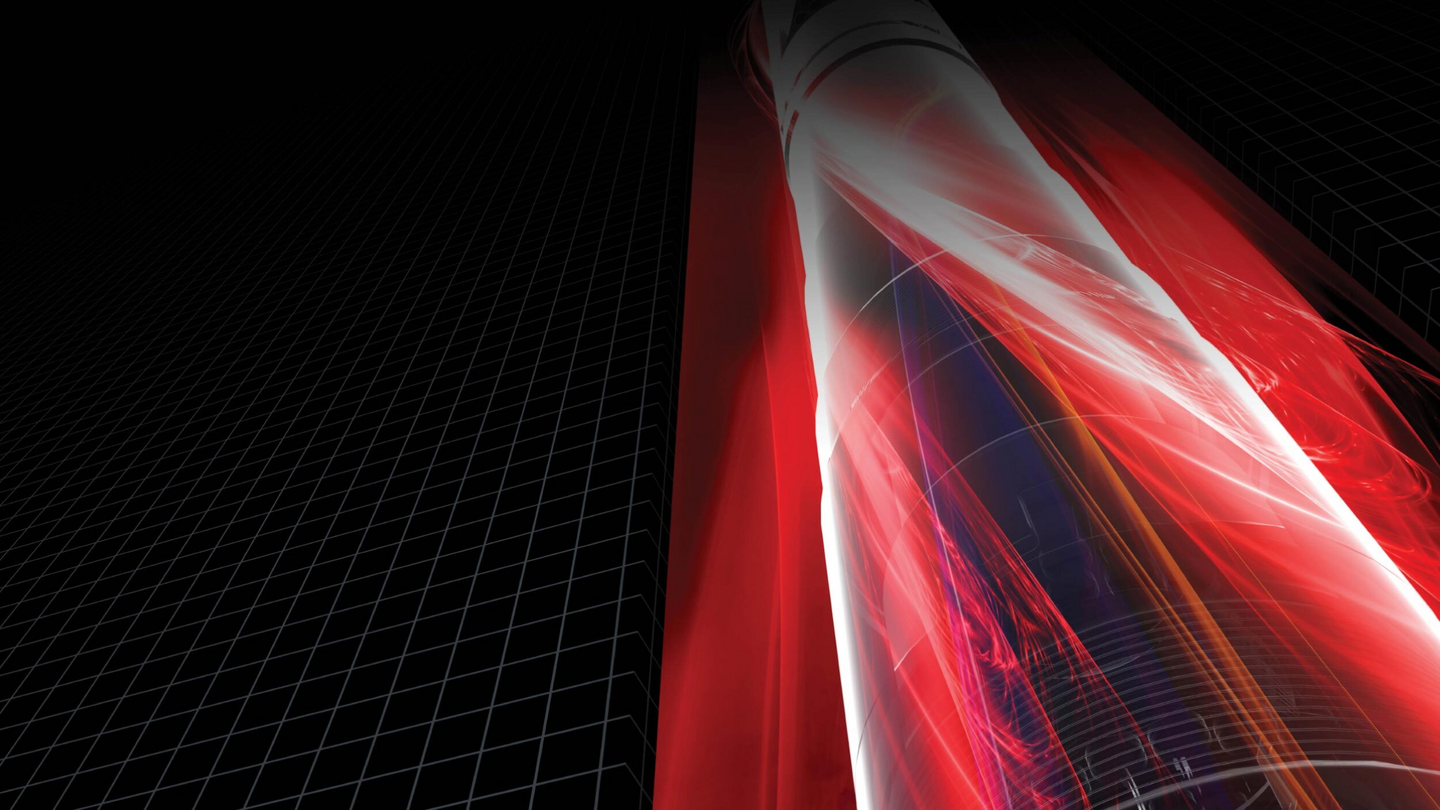 Search
Search
 Search
Search

High-performance fluid and solids control systems deliver lower pump pressures and high ROPs while minimizing LGS concentration
Download PDF
WEST VIRGINIA, UNITED STATES

Efforts to increase the rate of penetration often led to hole cleaning issues

An operator had drilled numerous extended laterals in the Marcellus shale play in West Virginia, with horizontal displacements averaging 9,500 feet (2895 meters). However, efforts to increase the rate of penetration (ROP) often led to hole-cleaning issues. The operator encountered problems with excessive concentrations of low-gravity solids (LGS) in the active mud system. The high solids content affected standpipe pressures, and the pump rate had to be reduced to avoid exceeding the pump’s pressure limitations. This resulted in slower ROPs and added hours of circulating time at total depth (TD) just to ensure that the wellbore was clean prior to pulling pipe out of the hole.
The wells were being drilled with a conventional organophilic clay-based mineral non-aqueous fluid (NAF) system, and the incorporation of 10-15 percent LGS made the fluid difficult to pump at safe operating pressures. Rheological properties were high and frequently out of specifications. As noted above, pump pressures had to be reduced (by up to 1,000 psi), which meant decreasing the flow rates from approximately 650 gpm to as low as 500 gpm. These adjustments resulted in high equivalent circulating density (ECD), poor drilling efficiency, and up to 14 hours of circulating time at TD.
Solids control equipment (SCE) was also inefficient on several rigs. Centrifuges were in use, but not as optimized SCE systems. Small-bowl centrifuges lacked sufficient capacity, and isolating them or pairing them with large-bowl centrifuges did not provide optimal LGS control. The addition of drying agents added USD 50,000 per well for disposal costs.
The Baroid team designed an integrated fluids and separation solution that would significantly increase ROP, reduce the LGS concentration to less than 8 percent, and also result in much dryer cuttings – thereby lowering disposal costs. Baroid recommended its BaraXcel™ high-performance NAF system, which contains no organophilic clay. Advanced emulsion and polymer technologies help provide a superior rheological profile and robust, yet fragile, gels to ensure excellent suspension properties. This results in improved hole cleaning at lower pump pressures.
Using its proprietary DFGTM hydraulics modeling software to design the fluid and optimize it while drilling, the Baroid team was able to clearly identify the optimal balance of flow rate, ROP, rheological profile, and rotation speed to ensure effective hole cleaning at the fastest safe drilling speed.
The operator wanted to extend the lateral lengths, based on current fluid performance, so the DFG analysis was again applied to confirm that this could be done without sacrificing drilling performance. The Baroid team designed the SCE configuration to maximize the flow rate for processing the fluid and reducing haul-off volumes. Three large-bowl centrifuges were installed for simultaneous operations to maximize solids removal and help maintain the desired rheological properties.
A BaraG-ForceTMVacVCD vertical cuttings dryer was recommended to reduce or eliminate the use of drying agents to solidify cuttings for disposal. As an additional safety benefit, the cuttings would be conveyed to the dryer via a pneumatic vacuum system, as compared to the auger conveyance systems that were used previously. The complete processing circuit was configured to fit in the small amount of allowable space on location, which allowed the Baroid team to mobilize quickly and avoid rig modifications.
Before implementing these Baroid recommendations, pump pressures limited drilling operations. The fast ROPs required to accomplish this typically resulted in hole-cleaning issues that slowed down operations and negated the gain in rig time. After establishing Baroid fluid and separation services on the first pad, however, the operator was able to drill over 6,000 feet (1829 meters) in 24 hours on every well. Pump pressures were immediately reduced by up to 1,000 psi at higher flow rates. As the drilling program continued, the operator set a series of records based on the 24-hour footage achieved.
The average LGS concentration was held at 5-7 percent throughout the campaign, and, following a record 12,118-foot (3,596-meter) performance, the LGS concentration was less than 8.5 percent. The cleanup time at TD was lowered by 30 percent by maintaining the customized rheological profile. By eliminating drying agents, the operator was able to save more than USD 50,000 per well. Based on these significant performance milestones, the operator awarded Baroid additional work on all of its rigs.
USD saved per well
Less cleanup time with maintained rheological profile
Of LGS concentration
Feet drilled in 24 hours
